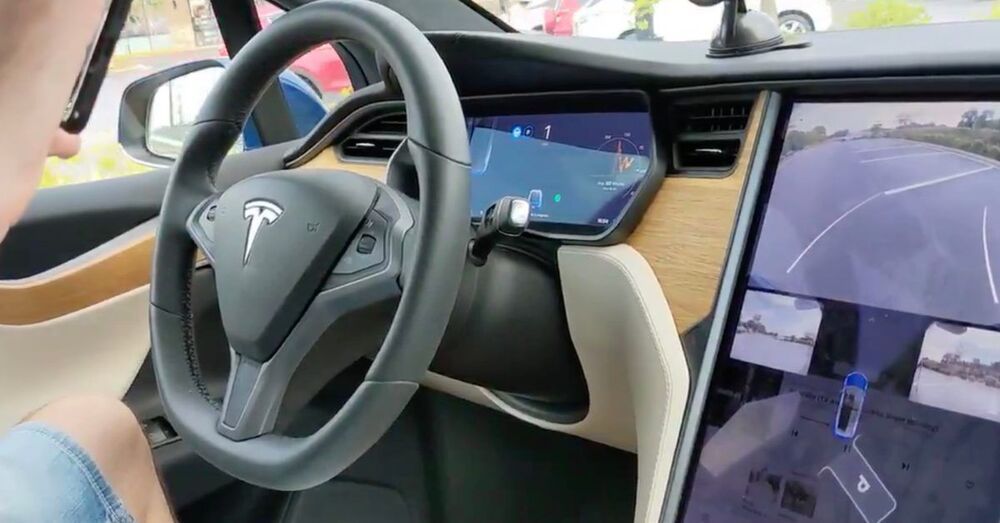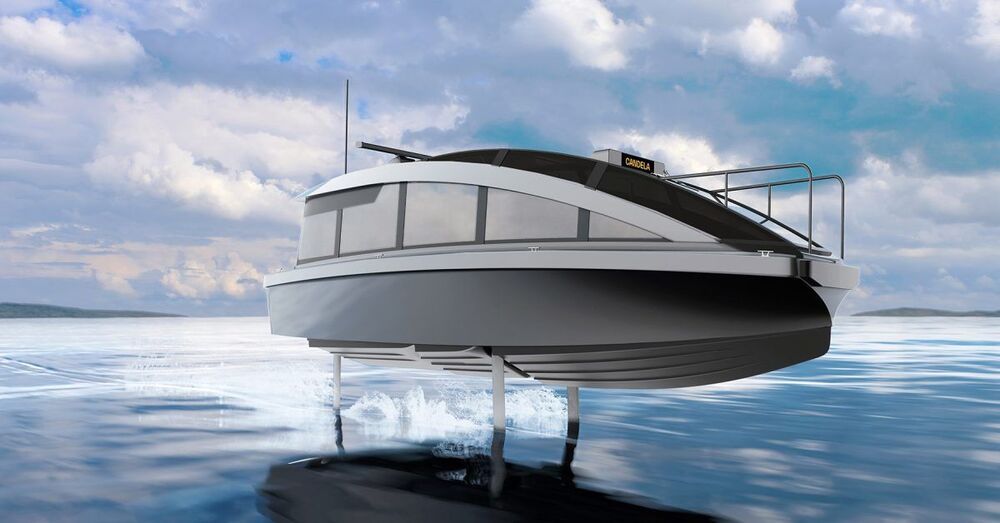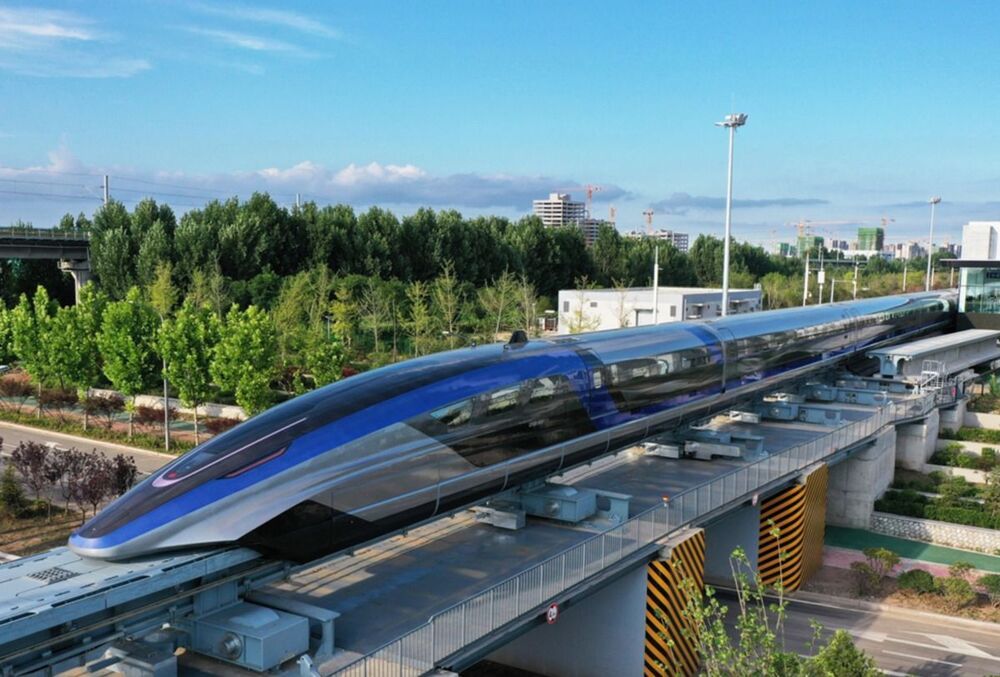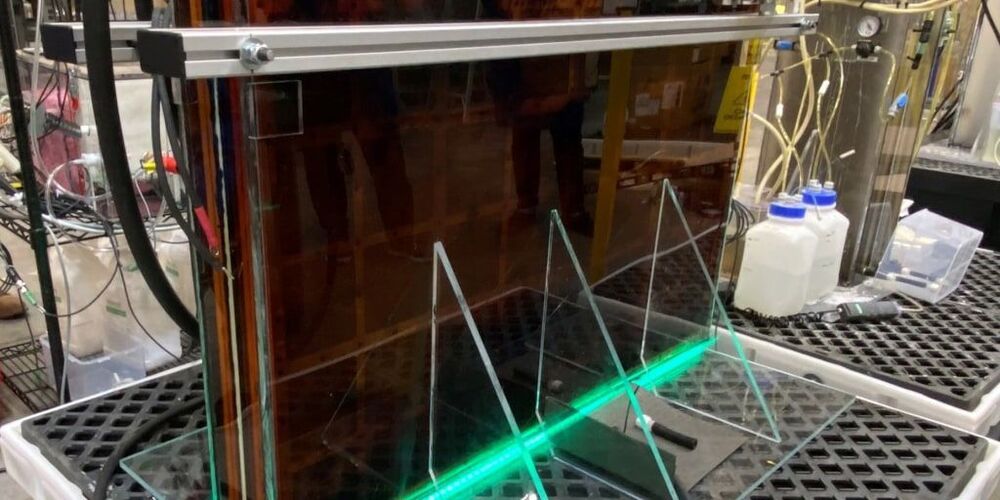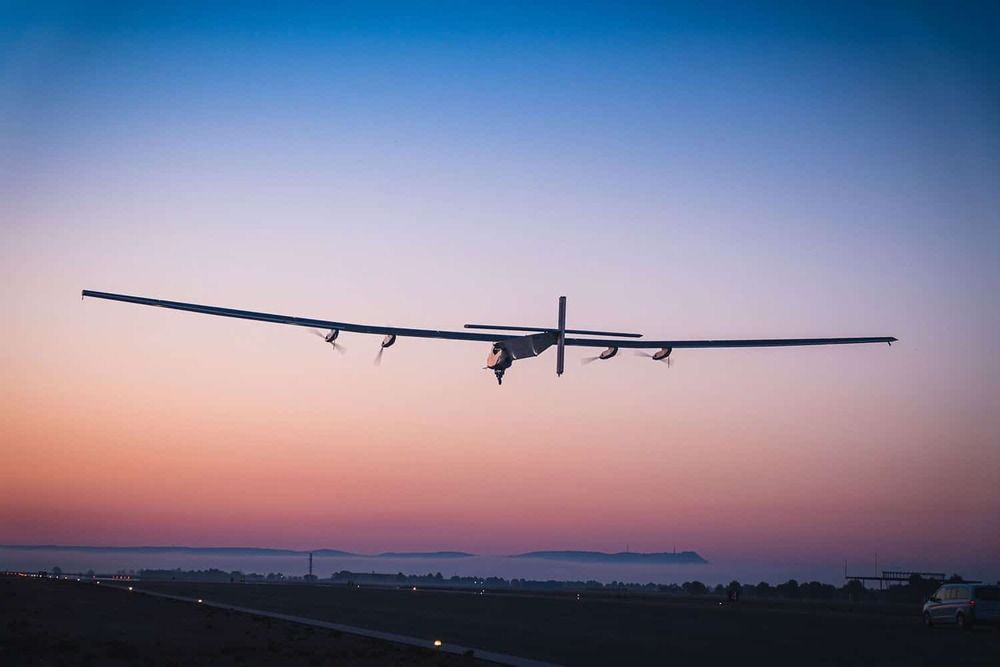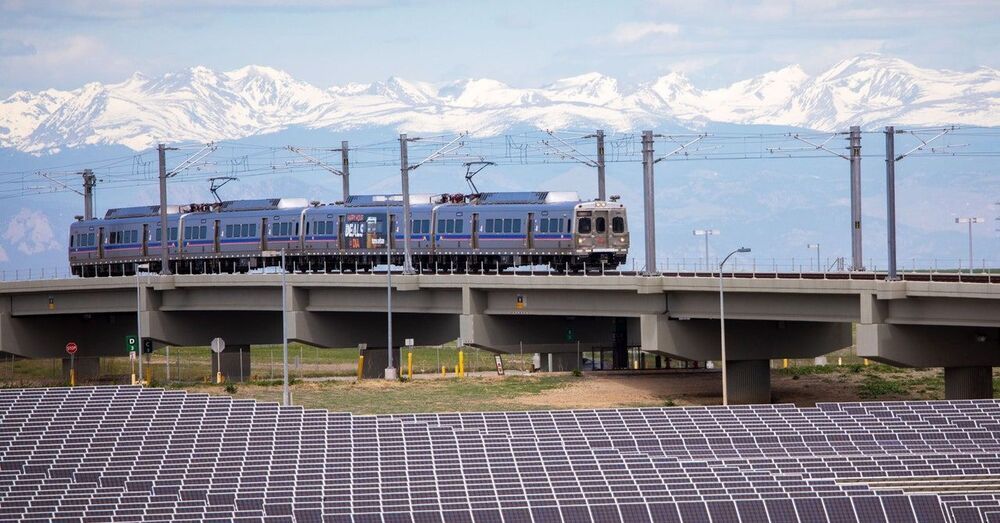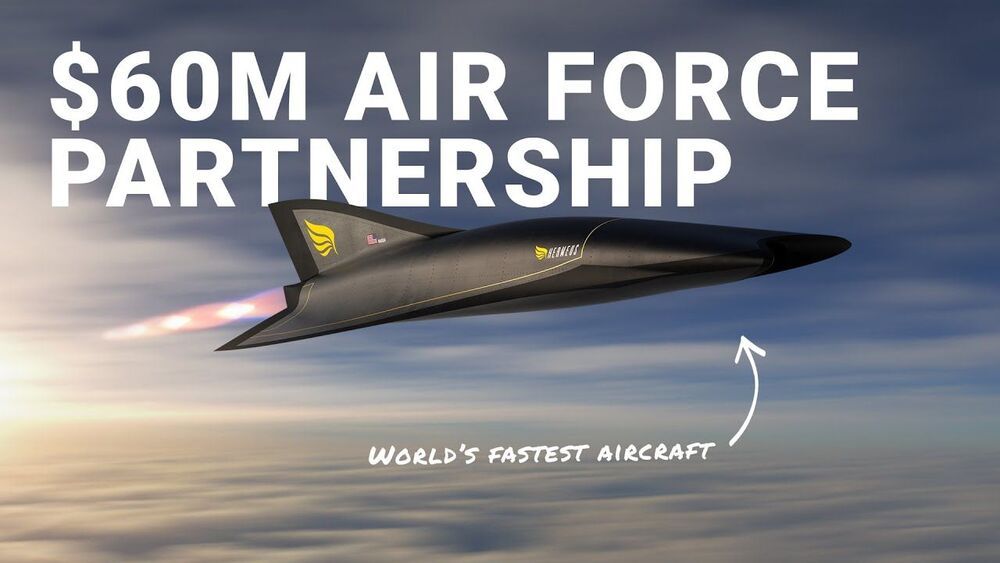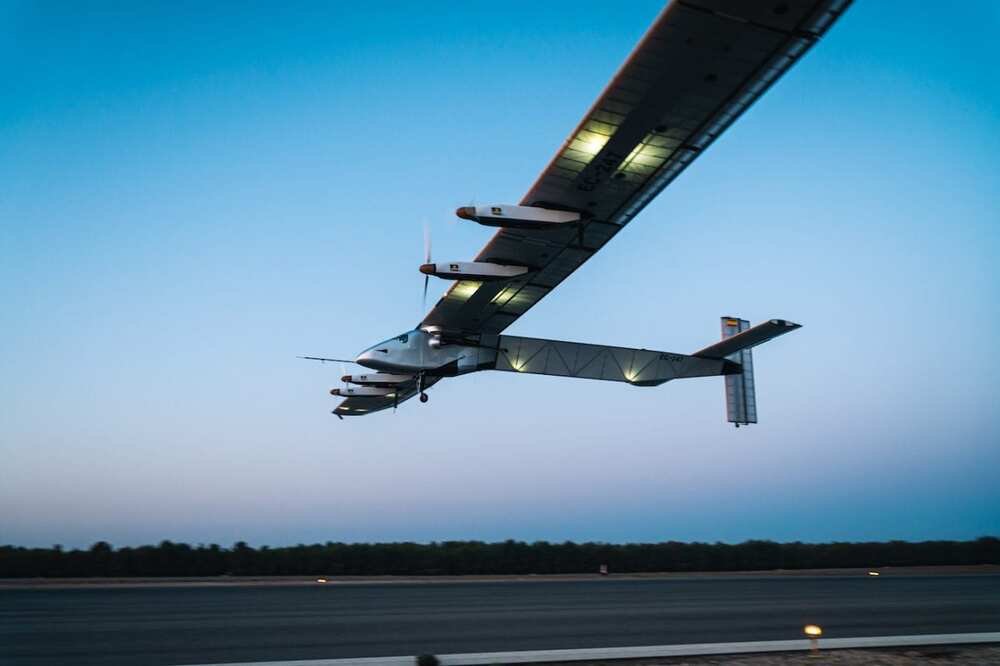Aug 11, 2021
First look at Tesla’s new vision-based Autopark feature
Posted by Genevieve Klien in categories: robotics/AI, transportation
Tesla has started updating its Autopark feature with its new Tesla Vision computer vision system, which now powers Autopilot and its Full Self-Driving Beta.
Like many other premium (and even non-premium) vehicles, Tesla vehicles have been equipped with an autonomous parking feature called ‘ Autopark.
Tesla’s Autopark has been relying on ultrasonic sensors around the vehicles.
